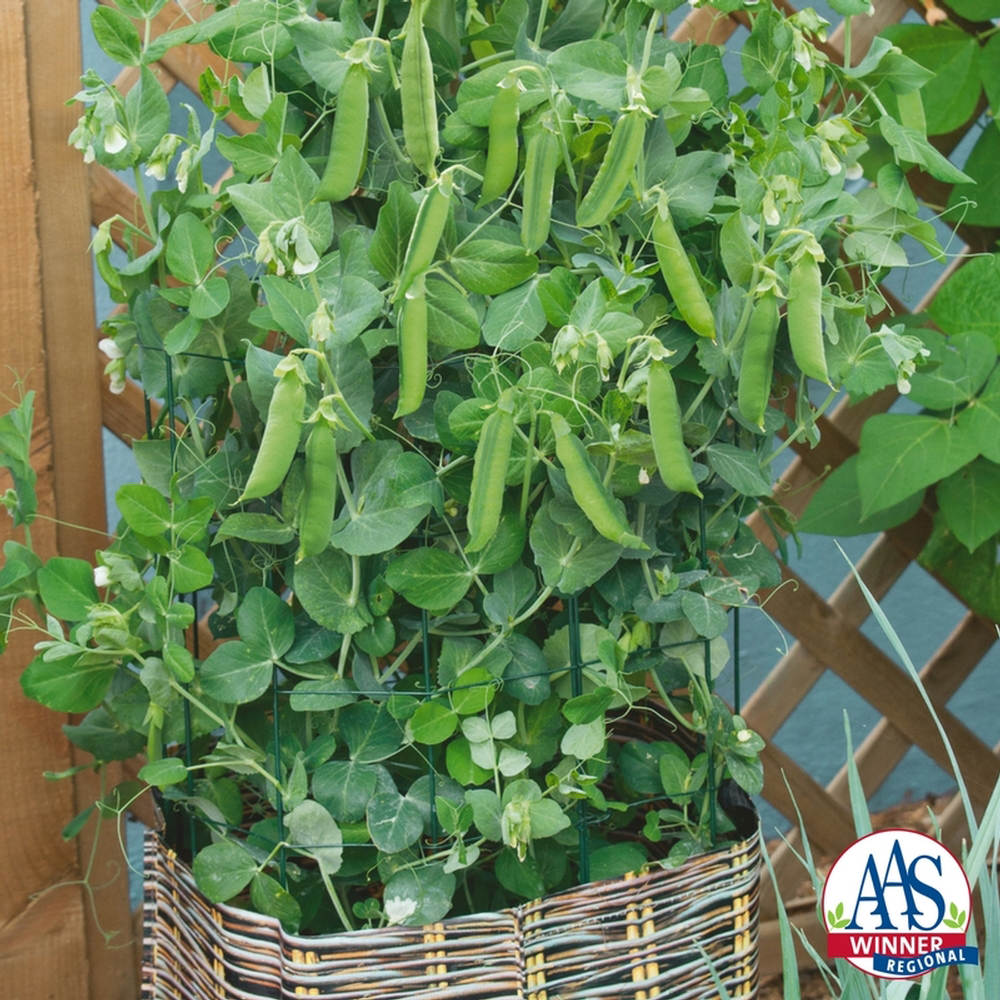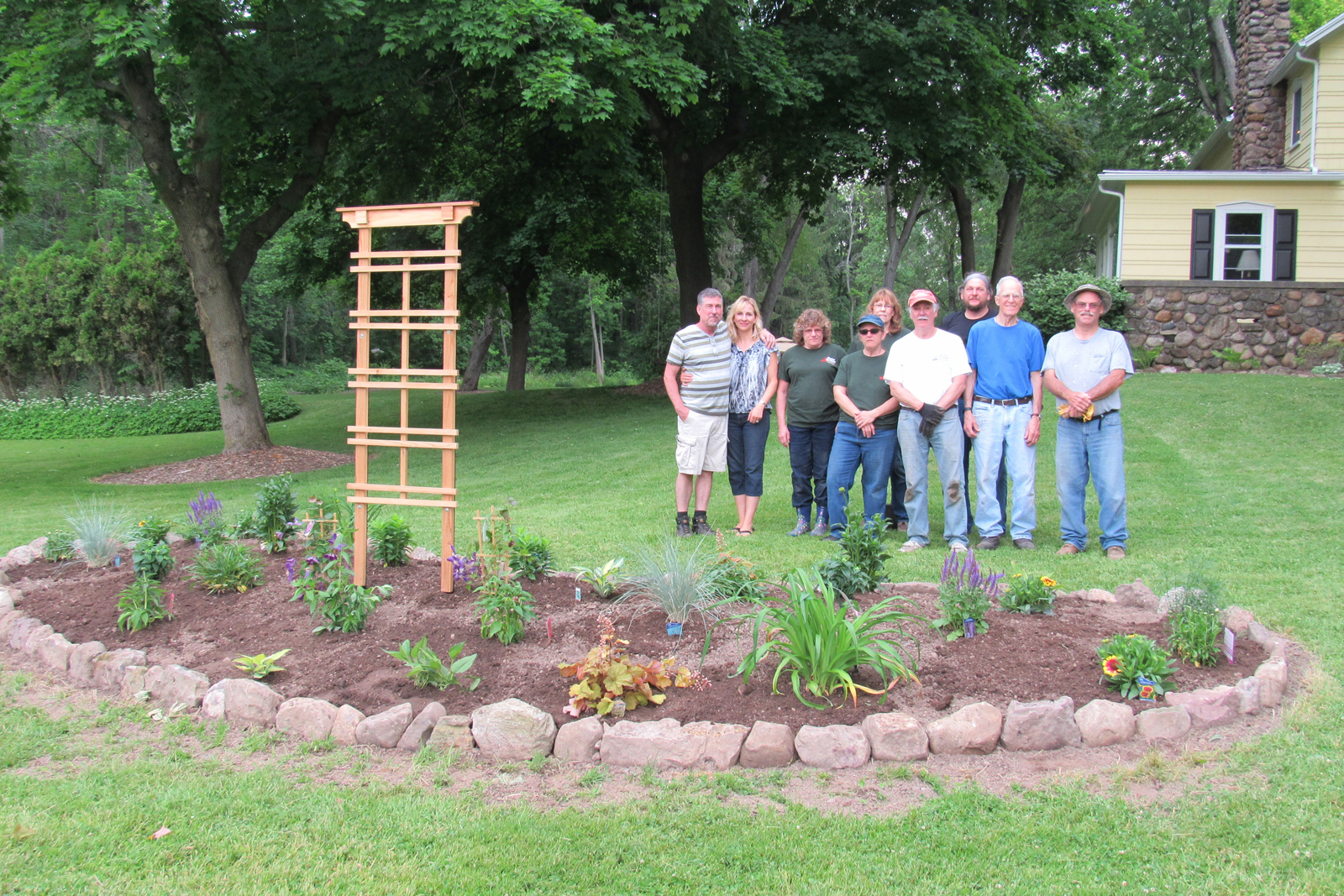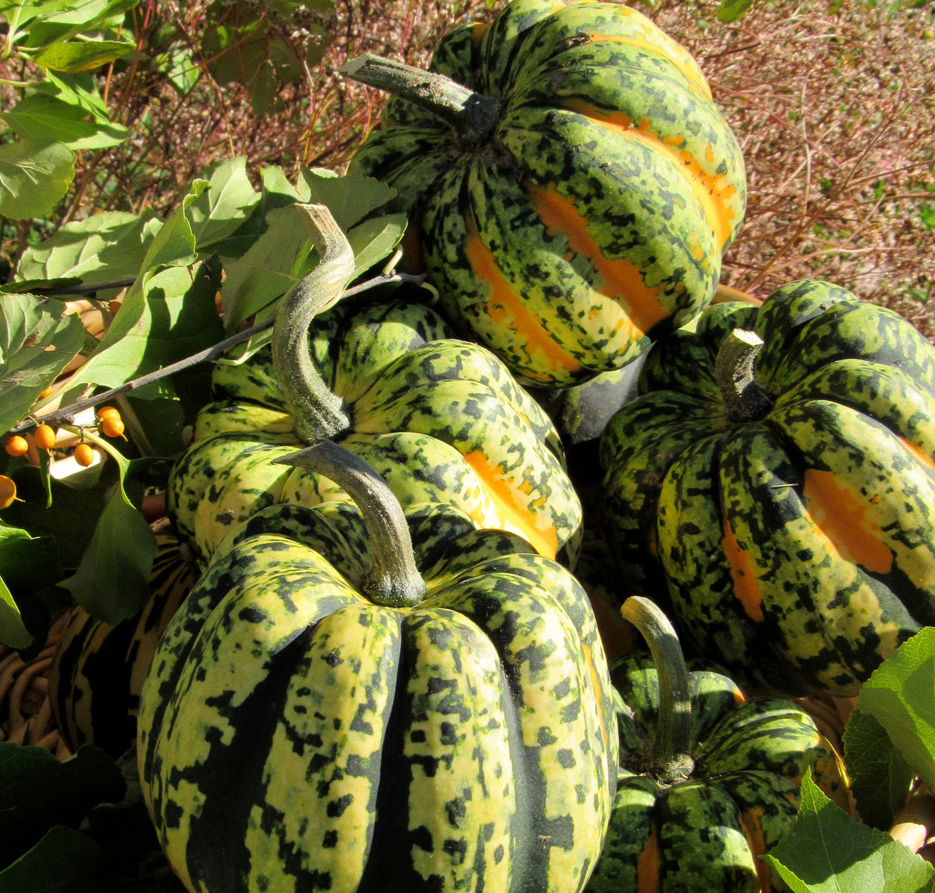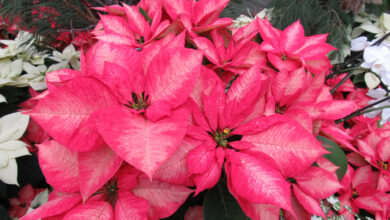Pollinator Week 2020
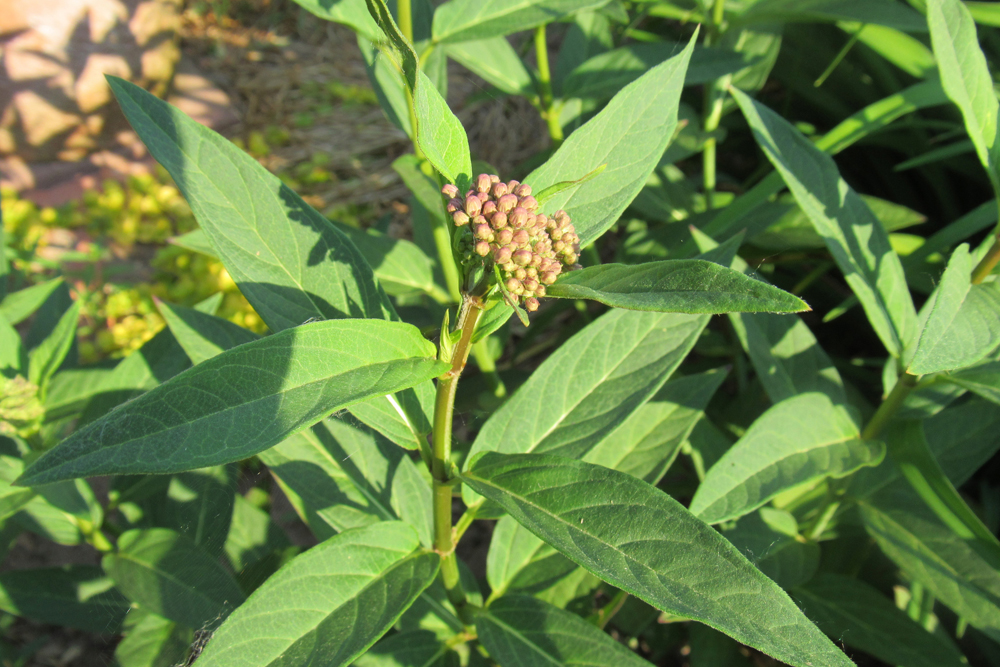
This marks the end of Pollinator Week 2020 (June 22 through 28). According to the Pollinator Partnership, National Pollinator Week was established by Congress 13 years ago to help address the issue of declining pollinator populations. Pollinator Week is a time to celebrate pollinators and learn about what we can do to help them. The event has grown into an international celebration of the valuable ecosystem services provided by bees, birds, butterflies, bats, and beetles. Hopefully, these incredible creatures are welcome residents of your home garden and landscape ecosystems.
Pollinators are extremely important. Hundreds of plants around the world which are grown for food, beverages, fibers, spices, and medicines need to be pollinated by animals to produce goods upon which we all depend, according to pollinator.org. The list of food and beverages produced with the help of pollinators is extensive – fruits, chocolate, coffee, vanilla, and almonds, to name just a few. Some plants depend on a single pollinator, while some pollinators depend on a single type of plant, meaning that if one disappears, so does the other.
Pollination happens when pollen grains are moved between two flowers of the same species or within a single flower. Pollination is accomplished either by wind or animals and results in fruits that surround seeds, allowing plants to reproduce. Take away pollinators, and we lose a large number of crops. Without the transfer of pollen, there would be no healthy and productive native and agricultural ecosystems.
The Pollinator Partnership says about 75 percent of all flowering plants rely on animal pollinators, and over 200,000 species of animals act as pollinators. About 1,000 of those are hummingbirds, bats, and small mammals. The rest are insects, including beetles, bees, ants, wasps, butterflies, and moths.
Pollinators are so important; they are often considered a keystone species, a critical part of the ecosystem which ensures both bountiful harvests and healthy plants.
Gardeners can do much to help pollinators. According to pollinator.org, one of the most important things you can do is to reduce or eliminate pesticide use. Consider all your options when deciding on the best approach to managing a pest, the NYSDEC recommends. A pesticide may not be needed, or a less toxic pesticide may be adequate.
Plant for pollinators. Utilizing native plants is an excellent way to supply pollinators with nectar, pollen, and homes. Anise hyssop (Agastache foeniculum), Joe-Pye weed (Eupatorium purpurem), bee-balm (Monarda), butterfly weed (Asclepias tuberosa), milkweed (provides food for monarch butterfly larvae), goldenrod, and hardy asters are all attractive to pollinators and provide a nectar source throughout the growing season. A continuous succession of plants flowering from spring to fall is important. When deciding on non-native plants for your garden, old-fashioned and heirloom varieties typically have the fragrance and nectar/pollen that is sometimes lacking in modern varieties.
Remember, water is also important for pollinators. Refresh and refill shallow saucers daily that have been filled with coarse pine bark or stones and water. Your pollinator friends will thank you.
Lastly, here are a couple of fun facts provided by pollinator.org. A tiny fly (“midge”) no bigger than a pinhead is responsible for the world’s supply of chocolate, and one out of every three mouthfuls of food we eat is delivered by pollinators. If you want a healthy and productive garden, remember to take care of your pollinator friends.


